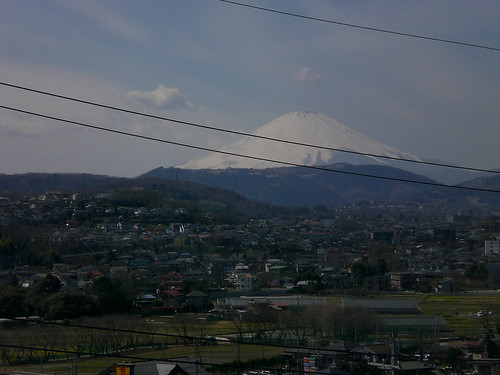Originally posted by mstng86
View Post
For those of you that don't know, this is the view outside my In-law's kitchen..

CIMG0320 by rboyett2001, on Flickr



Leave a comment: